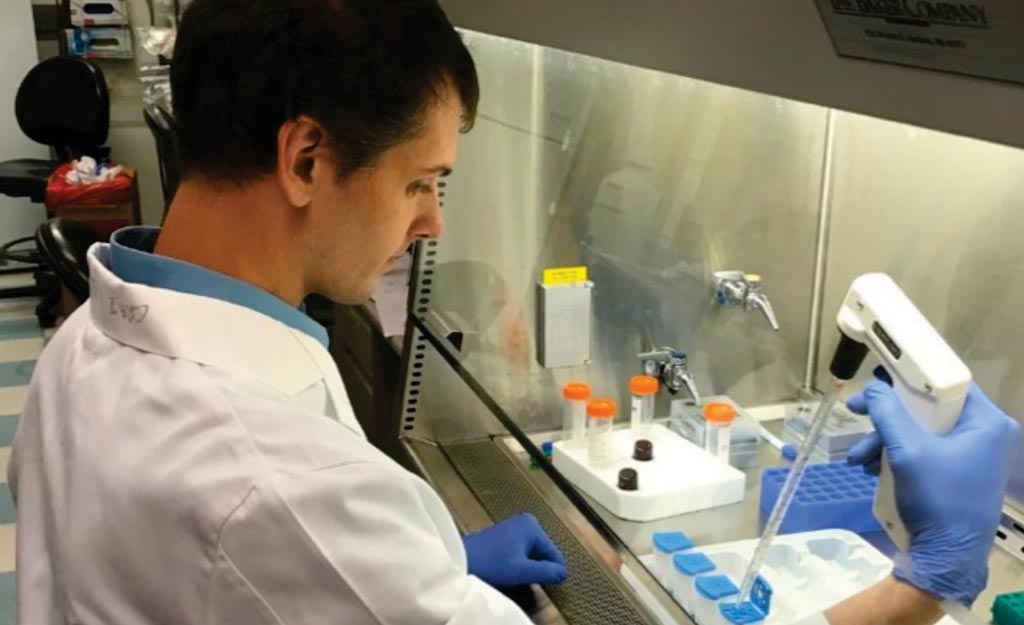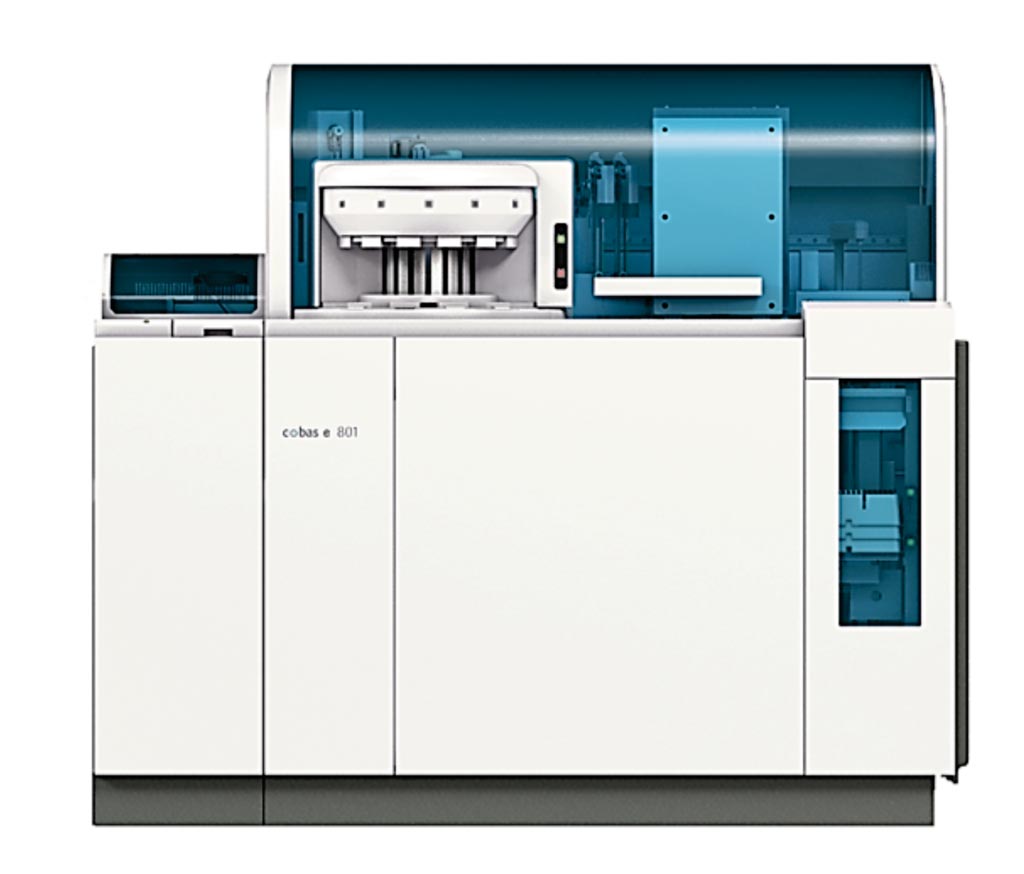Molecular Diagnostics

Molecular Test Accurately Distinguishes Breast Tumors
A new laboratory test has been developed to identify chemical changes to a group of cancer-related genes that can accurately detect which breast tumors are cancerous or benign, and do it in far less time than gold-standard tests on biopsied breast tissue. More...08 Aug 2019



Multiplex PCR Developed for Neglected Infectious Diseases
Scrub typhus, murine typhus, and leptospirosis are diagnosed as acute undifferentiated febrile illness. Diagnostic tests for these diseases depend on antibody detection. However, antibody detection is still limited by its tendency to return negative results during the early phase of these diseases. More...01 Aug 2019
In Other News
Noninvasive Prenatal Test Developed for Sickle Cell Disease Risk
Gene Linked to Severe Liver Damage
Test Improves Accuracy in Identifying Precancerous Pancreatic Cysts
White Blood Cell Population May Serve as MS Biomarker
Annual Blood Tests Recommended for Patients with MGUS
Gene Deletions Affect Rapid Diagnostic Tests for Malaria
GWAS Links Novel Loci to Peripheral Artery Disease Risk
Genetic Changes Linked to Leukemia in Down’s Syndrome Children
Next-Generation Sequencing Identifies Monogenic Diabetes
Metabolomics-Based Blood Test Used for Diagnosis of NSCLC
Biomarker Predicts Ability of Endurance Training to Improve Metabolic Health
Measurement of Circulating CRP Reduces Unnecessary Antibiotic Treatments
Multigene Expression Profiling Assays Compared for Cancer
Low-Frequency TP53 Gene Mutations Also Found in Healthy Women
Blood Test Complements Colonoscopy for Lynch Syndrome Patients
Regulatory T-cell Responsiveness Predicts Risk of Cancer Relapse
Metabolomics Analysis Method Used for Diagnosis of IBD
Protein Linked to Aggressive Skin Cancer
Test Determines If Cancer Patients Require Chemotherapy
Automated Approach Predicts Alzheimer's Disease Risk
Levels of NfL Increase Accuracy of Stroke Risk Prediction
Whole-Blood Testing Diagnoses Acute Zika Virus Infections
Metastases May Form Early in Development of Colorectal Cancer
Genetic Testing channel of LabMedica brings the latest in molecular genetics, cytogenetics, and epigenetics, and methods from PCR to FISH, and more.











